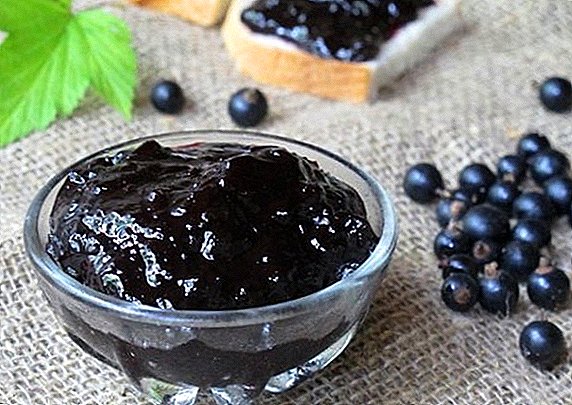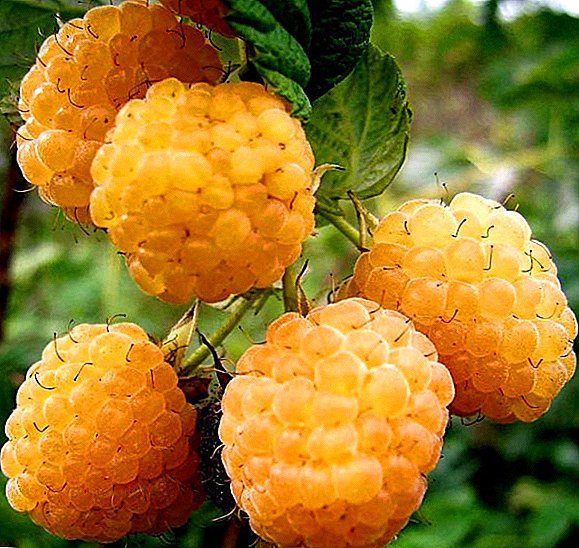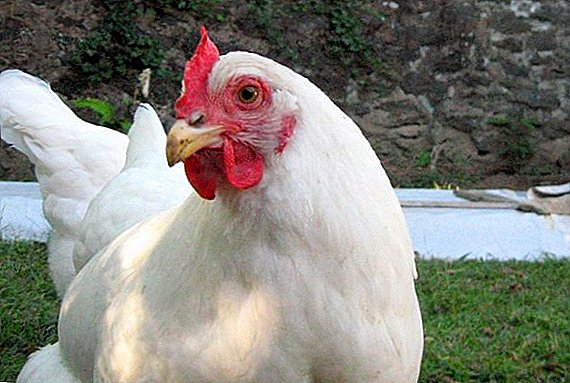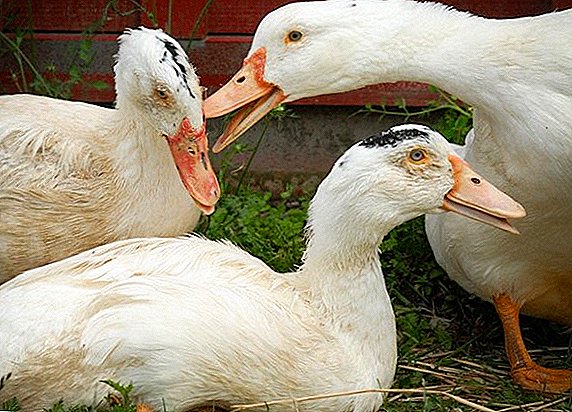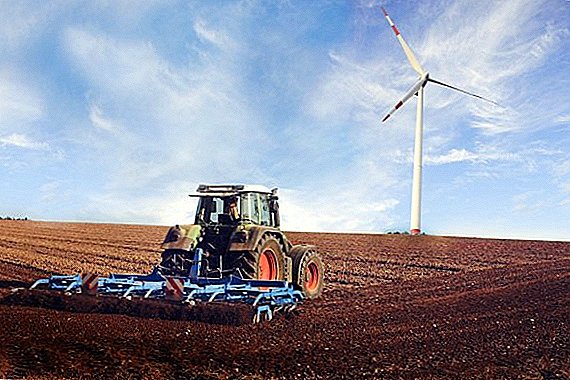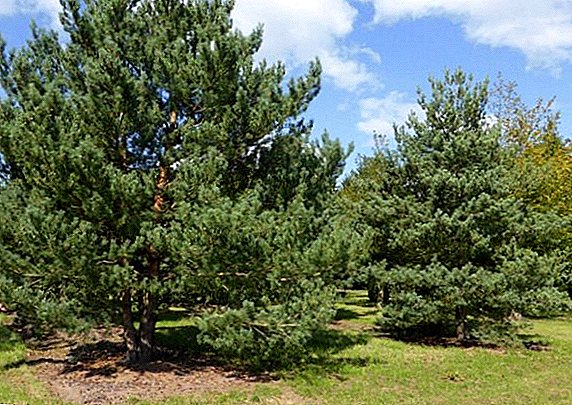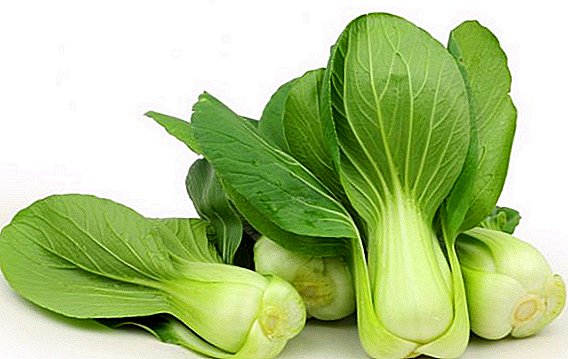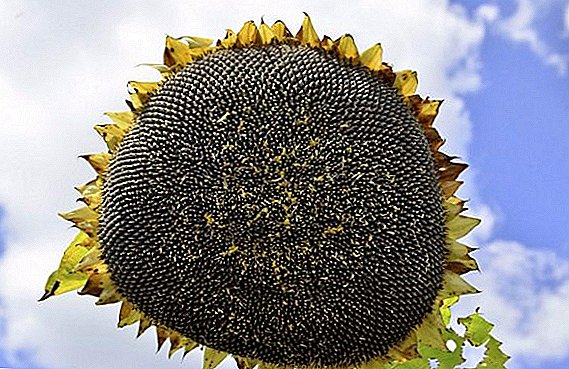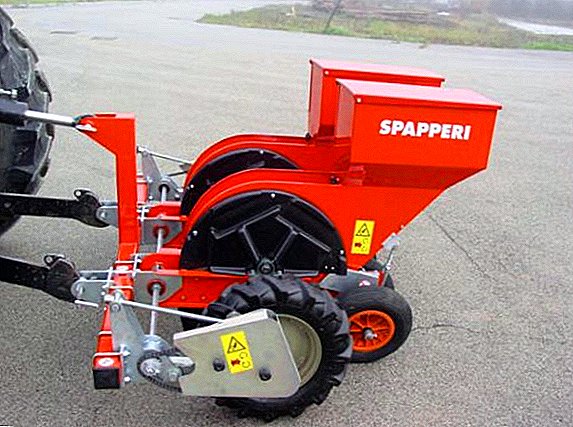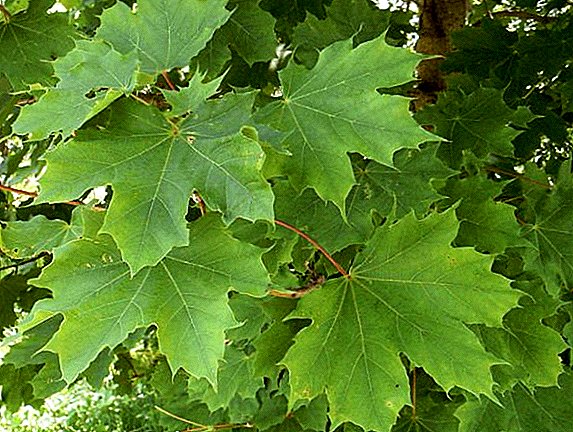 Maple is a very popular tree. It can be found everywhere: in city parks and squares, in the woods, on summer cottages. It attracts attention due to beautiful openwork foliage and crown, unusual fruits. Especially beautiful in the fall, when its leaves are painted in bright autumn colors: yellow, orange, purple. One of its interesting and common varieties is the Norway maple, the care of which will be discussed in this article.
Maple is a very popular tree. It can be found everywhere: in city parks and squares, in the woods, on summer cottages. It attracts attention due to beautiful openwork foliage and crown, unusual fruits. Especially beautiful in the fall, when its leaves are painted in bright autumn colors: yellow, orange, purple. One of its interesting and common varieties is the Norway maple, the care of which will be discussed in this article.
Did you know? Norway maple is also called platanovidnym, platanolistnym, because its leaves are similar in appearance to the leaves of the plane tree.
Norway maple: biological features
Norway maple or common - It is a deciduous tree, which is widespread throughout Europe and in Asia, in deciduous and mixed forests, singly or in groups. Often found in the vicinity of ash, oak, birch, chestnut. It got its name because of the leaves pointed at the ends. 
Did you know? Norway maple in Latin is called Acer platanoides. Aser in translation means sharp, strong.The crown of this species of maple is thick, spherical, shirokoraskidisty. In diameter, it has dimensions of 15-20 m. The branches are strong, wide, grow upwards. Barrel slender, powerful. Norway maple grows quite large - its height can reach 30 m. On average, a tree trunk reaches 12-28 m.
The bark of young plants is gray-brown, darkens with time and becomes covered with cracks.
The leaves are simple, palmate, with five to seven serrated lobes. They have large sizes - up to 18 cm in length and up to 22 cm in width. The upper part of the leaf plate is saturated green, the lower part is lighter. In autumn, the leaves turn yellow, orange, golden.
Maple bloom occurs in April and the first half of May before or after the leaflets appear. The flowers are yellow-green, collected in corymbose inflorescences of 15-30 pieces. Have a pleasant aroma. Norway maple is a dioecious plant. When the maple blossoms, male and female flowers open on different trees. Pollination occurs with the help of insects.  The fruit is a two-handed. Its structure allows, during the wind, to spread the seeds for fairly long distances from the tree. Fruiting occurs in September-October annually from the 17th year of life.
The fruit is a two-handed. Its structure allows, during the wind, to spread the seeds for fairly long distances from the tree. Fruiting occurs in September-October annually from the 17th year of life.
The root system of the Norway maple is superficial, recessed into the soil by 20 cm. The lateral roots grow strongly. Very often they are observed reaching the surface of the soil. The lifespan of a tree is 150 years. Although there is information about 200-300-year-old representatives of the species.
The maple Norway maple is propagated by seed, root processes, grafting. Seeds require stratification. In the wild, gives a lot of self-sowing and abundant growth from the stump.
At a young age, maple grows fairly quickly - with an annual increase of 45-60 cm in height and 30-40 cm in width. By the age of seven reaches 2 m and above. Up actively grows to 25-30 years, then the growth rate in height slows down, and the tree begins to grow in breadth. After 50 years, growth slows down or stops altogether.
It is necessary to add to the characteristics of the Norway maple that it is a good melliferous plant, frost-resistant and able to withstand winter temperatures up to -40 degrees, wind-resistant, easily tolerates heat and drought, can be used as a soil-improving breed, it is not afraid of planting in cities, in conditions of polluted air. 
Did you know? The maple content of the maple is 150-200 kg per 1 ha. From one tree, bees collect up to 10 kg.Norway maple has about 150 species, including many decorative forms, which differ in size, shape and color of leaves, type of crown, growth rate. The most popular in landscape gardening are such forms as "Purple King", the shape of Drummond, Schwedler, spherical, standard, hand-cut and others.
Choosing a place for Norway maple: requirements for soil and lighting
When choosing a place for planting the Norway Maple, its relation to the light should be taken into account, and since it is light-requiring, choose well-lit areas. Although the tree can tolerate and planting in the penumbra.
Important! It is not necessary to plant Norway maple in strongly shaded areas. The shadow will affect the decorative leaves - they will become faded and small. With age, the ability to shade with a tree decreases.Demanding maple and soil composition. Loves fertile loamy soil. Feels good in humus fresh sandy loams. Will not grow in saline, sandy, calcareous, dense soils. Does not tolerate stagnant water.
The process of planting young maple seedlings
The best time for planting a maple sapling will be early spring, when the buds have not yet blossomed. Also, the tree can be planted in the autumn, after leaf fall. Soil mixture for planting must be prepared from a fertile mixture. It must be fertilized with organic matter. For heavy soils, sand or rubble drainage is mandatory. It is better to buy a seedling with a closed root system, with a large lump of earth, which is not destroyed when planted. Such trees will settle down better in a new place and will quickly grow.
The depth of the planting pit should be at least 50 cm. The seedling is placed in its center, gently straighten the roots and sprinkle with soil. Then lightly tamped.
After planting, the tree should be poured abundantly and continue this procedure regularly for two months. If you plan to plant a group of maples, then it is recommended to leave a distance between trees of 2-4 meters.
Care for young maple trees
For maple leaves, planting and care will not require special knowledge, skills and efforts. Young trees are often and abundantly watered. After the age of two, maples will be able to cope with short-term droughts on their own. In the summer, watering should be done once a week, in the dry season it will take 1.5-2 buckets per plant. In the autumn-spring period, watered once a month.
 Despite the fact that the maple is a very cold-resistant plant, young Norway maple trees will require shelter in winter. With the help of spruce branches or dry leaves cover the root neck. Shoots that do not have time to become covered with wood before the winter period may freeze over. However, this is not dangerous for maple trees - because of the rapid growth rates, it will be able to grow new ones, and freezing will not affect the appearance of the tree. Every year the frost resistance of the plant will be strengthened.
Despite the fact that the maple is a very cold-resistant plant, young Norway maple trees will require shelter in winter. With the help of spruce branches or dry leaves cover the root neck. Shoots that do not have time to become covered with wood before the winter period may freeze over. However, this is not dangerous for maple trees - because of the rapid growth rates, it will be able to grow new ones, and freezing will not affect the appearance of the tree. Every year the frost resistance of the plant will be strengthened.
It is possible to replant a maple till 15 years. It transports the transplant process easily.
Care for mature maple trees
Adult plants will require only sanitary pruning of maple maple. It is produced in early March. Cut dried, damaged branches. At the same time it is possible to produce a shaping mowing crown.
Maple responds well to a haircut - it quickly begins to branch and grow. It is also possible to produce a shallow loosening of the earth in the near-bottom circle after irrigation and precipitation.
Diseases and pests of maple leaves
Under favorable conditions of planting and cultivation, in the absence of stagnant moisture, it is rarely affected by maple trees and pests. However, it still happens.
The greatest danger to the tree is coral blotch, which is manifested by small maroon spots on the bark and shoots. If these symptoms are found, the diseased branches should be immediately cut off. Crop pruning sites and cover with garden pitch. Also, garden tools that were used for pruning are subject to disinfection.  Maple infects the Taphrina acerina mushroom, causing watery brown spots on the leaves.
Maple infects the Taphrina acerina mushroom, causing watery brown spots on the leaves.
Of maple pests can bother maple whitefly. Its caterpillars feed on the leaves of the plant. To fight it, it is necessary to destroy the affected branches. With a strong lesion resorted to spraying ammophos.
To avoid the attack of a maple mealybug, before mating, maple must be sprayed with a 3% nitrafene solution. Also, its harmful activity on the maple can perform leaf weevil. In his attacks, chlorophos treatment is used.
Use of Norway Maple in Landscape Design
Since the Norway maple is decorative throughout its vegetative period, it perfectly tolerates urban conditions and the forming crown haircut, it is used in landscape design in a rather wide and varied way. This is one of the common breeds used for landscape gardening construction - always present in city parks, squares, boulevards, avenues, along roads. It is planted as a tapeworm and in group plantings. It looks great on the background of conifers. Maples are made of hedges, used in alpine slides, rockeries. Grow them on a trunk, shear in the style of bonsai. 
Use of Norway maple in folk medicine
Folk remedies made on the basis of Norway maple, have the following properties:
- painkillers;
- urinary and choleretic;
- tonic;
- astringent;
- wound healing;
- anti-inflammatory;
- antibacterial;
- antipyretic;
- antiemetic;
- tonic
 Maple honey is also an excellent immunomodulatory agent. It is recommended for anemia and atherosclerosis, to increase lactation and normalize the activity of the nervous system.
Maple honey is also an excellent immunomodulatory agent. It is recommended for anemia and atherosclerosis, to increase lactation and normalize the activity of the nervous system.Maple tree is used in dendrotherapy. It is believed that it is able to charge a positive energy, helps to cope with depression, bad mood and fatigue.
Important! All funds prepared on the basis of Norway maple, should be used only as an additional therapy and after consulting a doctor.Maple is a versatile plant. It is often used in ornamental horticulture, planted both in vast areas and in small summer cottages. Appreciated for its large size, beautiful dense crown, carved leaves, fragrant flowers and unusual fruits. His wood is allowed to make furniture, musical instruments and crafts. Bees love it for its wonderful smell and harvest aromatic light honey from it, so wood is valuable for beekeeping. Leaves, bark, fruits and juice are used to treat a variety of illnesses.


